By jiminy, I love bicycle baskets.

Photo by Jill 111 via Pixabay
Now, that’s farmgirl romance.
There’s just something special about the artistry of a beautiful basket hanging from handlebars, weaving whimsy with function (a bushel of flowers adds an extra dose of fabulous, to be sure).
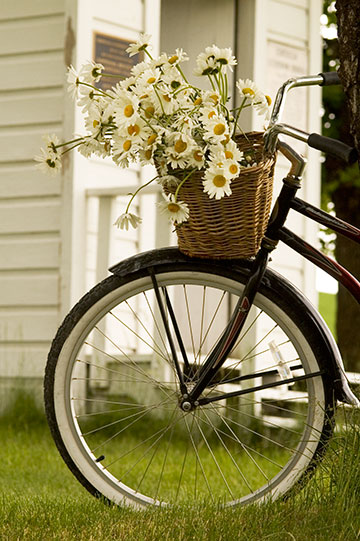
Poetically speaking, a bicycle basket represents that divine intersection where pretty meets practical, and the two fall madly in love.
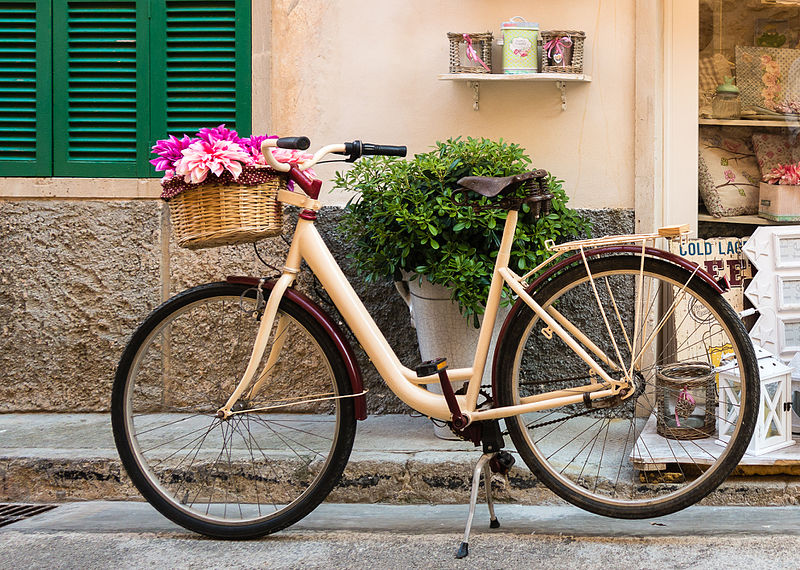
Photo by Friedrich Haag via Wikimedia Commons
So, imagine my delight when I discovered a line of bicycle baskets that incorporates yet another strand of sublimity into the weave: humanitarianism.
Trifecta, baby.
True to its name, House of Talents is a marketplace designed to employ and empower talented people who are living in poverty in Ghana, West Africa. One of these artisans’ finest lines, as I mentioned, is bicycle baskets. Here is one of their creations, modeled by the lovely Atlanta Bicycle Chic:
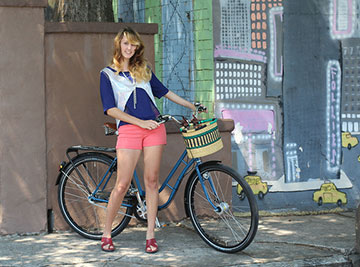
Photo by Cameron Adams via Flickr
Launched by Ghana-born Kate Herzog in 2009, House of Talents is Kate’s way of giving back. Kate, whose family struggled with poverty, pulled herself up by her proverbial bootstraps. She taught herself to read at age 10, earning a degree in Economics from the University of Ghana Legon, and pursued a career in consulting and luxury resort management (read more of Kate’s inspiring story here). According to the House of Talents website, “Kate has always had the desire to give back to her community in Ghana, and after completing her MBA at the University of St. Thomas, was finally able begin bringing this dream to reality by founding House of Talents. Kate hopes that through this work, her journey will come full-circle and those she helps will lend a hand to others they encounter.”
House of Talents connects artisan groups in developing countries with consumer markets worldwide to promote self-development through economic and social advancement in rural communities and cities.
You can help by treating yourself to a bicycle basket (what better way to kick of the summer cycling season?). These beauties are handcrafted by master weaver Joseph and his community in northern Ghana. The only real challenge will be deciding which shape and color will best complement your bike …













































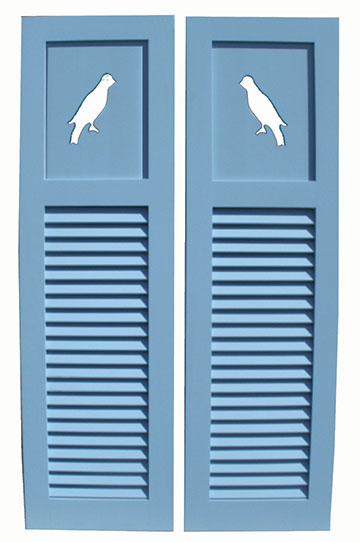

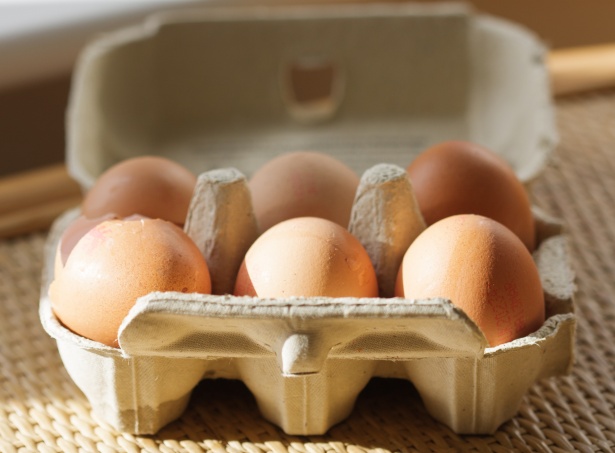

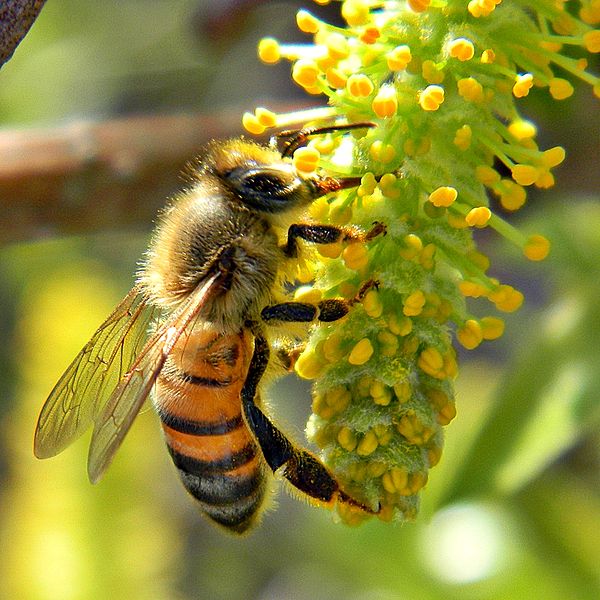

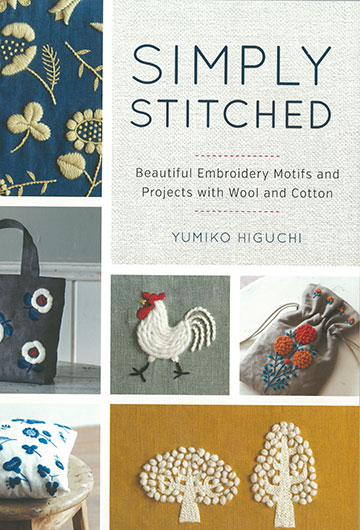








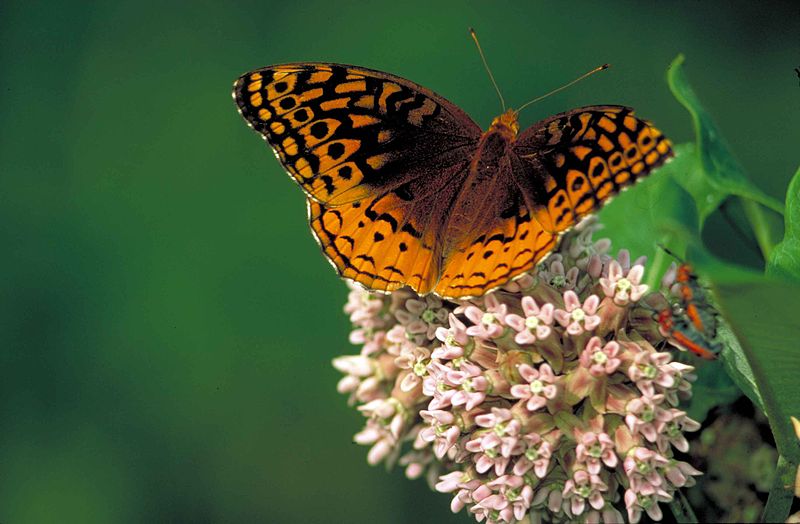
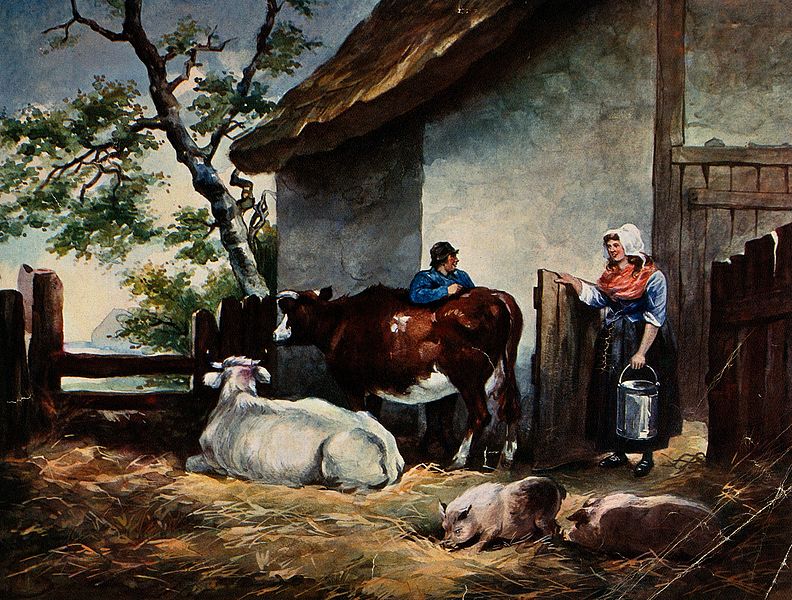



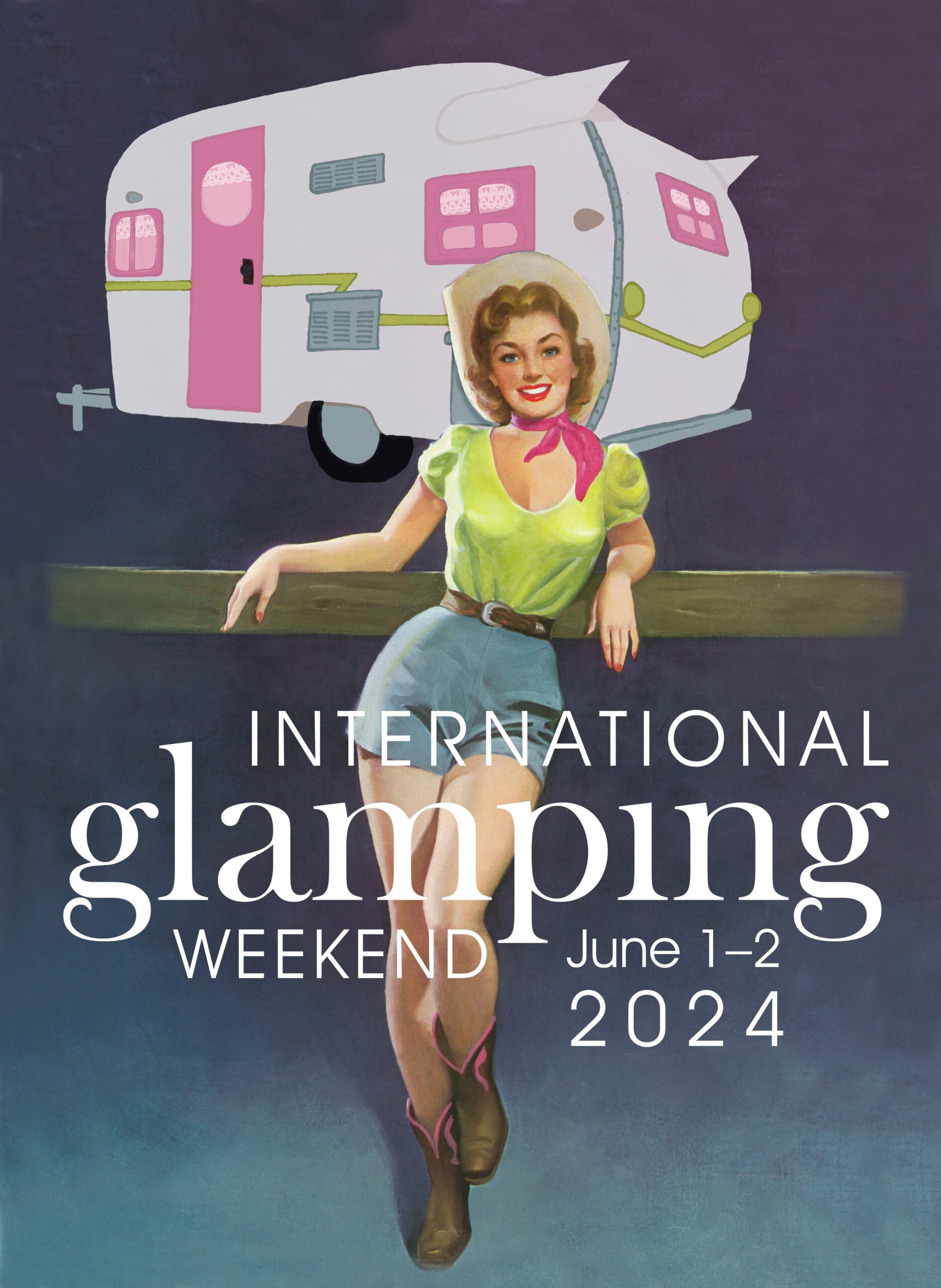

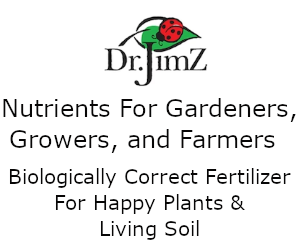
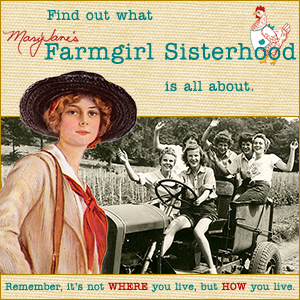


Chickadees. They are so friendly and talkative. My husband (John) has been trying to train the chickadees the visit our bird-feeders. He wants them to take food from the palm of his hand and they are almost doing it! Wicked fun to watch. They are year-round birds here in Maine.
These shutters would look wonderful in our new home that we are building. John and I built it ourselves. I have certainly learned a lot from him. We think they would look great as our office door.
Thank you! Have a great weekend.
Pileated Woodpeckers, you know, the ” woody woodpecker” type? I have 2 mated pairs of them at my farmette and they are way loud, think jackhammers- honestly, that loud. It’s mating season so they establish their territory by banging away on the trees. And impress the females who call back with more banging! Yep it’s deafening, especially in the mornings and at sunset. They are very shy so you hear them a lot more than you see them. They are huge birds, about 1 feet tall. Very impressive when you see them and their call is distinctive too.I love them as they are so special.
see here for more info from Cornell:
https://www.allaboutbirds.org/guide/Pileated_Woodpecker/id
That’s amazing Lisa. Such a rare bird, and to have it take up residence at your place?! You must be living’ right:)
not sure about that-MaryJane but it’s really amazing that I have 4 of them (at least) . They need old growth standing dead trees to be really happy and that I have lots of . Their favorite 2 trees are about 5 stories high at least. becuse of the standing dead wood, I have a huge ( and happy) woodpecker/flicker population here.
I have those “rare” woodpeckers putting big holes in my cedar house!
are the holes square? then it is the Pileated otherwise some other woodpecker or flicker
We have flickers here and they do a fair amount of damage. My poor historic barn and one-room schoolhouse gets riddled with holes every spring, even though I’ve covered the siding in chicken wire and hardware cloth, the flickers still peck huge holes into the wood through the wire. I’ve put shiny CDs everywhere and planted fake owls here and there; nothing stops their need to make noise to attract females (originally I thought it was the female trying to build nests). That’s the reason our facility is covered in metal. They still drill into it but can’t damage anything other than their stubborn noggins. I had one early this morning pounding out a staccato on our metal siding.
My oh MY! and I was worried about my poor antique apple tree riddled with holes! Amazing isn’t it how ” love” make you do the stupidest things? oh yeah and the CDs work on deer (kinda) but I haven’t seem them do diddly on bird problems . Ah Mother Nature at her finest making sure they all perpetuate their species, And “ain’t nothing” gonna stop her.
I have two milk cows in heat this weekend. They act like obsessed zombies when they’re in heat. Night and day.
Gosh, picking out a favorite bird is hard to do. I guess I would say my favorite is the Carolina Wren. They are so adorable hopping about and boy can they sing. We have several who live around our yard and come to the feeders and suet everyday for a visit. This morning, I saw a Black and White Warbler at the birdbath having an early morning visit and bath. This is the first time I have ever seen one and when I looked them up in my bird book, I learned that they migrate here in August for the Winter and leave in May. I think I have been lucky to catch a view of one in the yard before they all head north for the Summer.
One of my favorite birds, and not because of its color, is the tree swallow. When I see them and hear their awesome song I know Spring is here. I take my coffee and just sit in my garden and watch and listen. It is especially calming.
Oh how I love these shutters and the color is perfect for my sunroom. My dad was a lover of birds of all kinds. He would feed them and sit for hours in the afternoon outside and watch and just be at peace with them. He would always want me to sit with him and just take in all the joy they give us. Oh how these shutters give me a joyful reminder of my special dad. They bring happy tears to my eyes! How special they are in many ways.
Blessings and enjoy all the world around us daily, Winnie Jackson
Hi Winnie I love your post my daddy loved watching all the birds also,his favorite was the blue Jay’s because they would eat peanuts right out of his hand now they are my favorite because when I see them I think of my wonderful daddy.
My favorite bird is a cardinal because they are so pretty.
My favorite bird is the red-winged blackbird. We have many blackbird friends that visit us (and our bird feeders) all through summer. Our family enjoys listening to their song from our windows and backyard.
P.S. Adorable shutters! I absolutely love these.
I would have to say my favorite bird is a Blue Jay. Blue is one of my favorite colors and I think they are very smart birds. When I was younger we would put out peanuts for them and watch them fly up and take them. We even placed them right at the edge of our open door and they would still come get them. Sometimes we would even find peanuts hidden in our potted plants! It was such a cool experience.
Such pretty shutters, MaryJane! Wouldn’t they look pretty on our garden/potting shed!
I have so many favorite birds! We have several kinds of woodpeckers, cardinals, chickadees, nut hatches, Orioles, Hummingbirds, besides the less colorful. I think my very favorite is the Gold finch. It is our state bird. Also, in the Fall when the yellow leaves are falling to the ground the bright yellow gold finches (and we have many of them) look like yellow leaves falling up!
Thank you, for another opportunity to win something wonderful!
They’re all so sweet, but whenever I see a beautiful little bluebird, it puts an extra special smile in my heart!
Oh my goodness, 1 favorite… well today my favorite is the hummingbird, they’ve just arrived and having so much fun watching them and trying to recognize any from last year.
Im a bird lover of all kinds. I love my namesake Robin- but adore the song if the little wren. Theyve become quite friendly in our bird houses
my favorite bird is the raven , its mysterious like me. I was in Bryce canyon in Utah and one flew over by me and had a rest on a post . it was a bout 1 yard from me and it wasn’t going any place . everyone with a camera made their way over to were me and my new friend were to take photos and of course my husband had my camera and about the time he was ready to snap a shot , well my friend was gone . see my husbands not to great with my Nikon . so sadly I haven’t a photo with my raven but I took some before I handed camera to husband for he wasn’t moving until I handed husband the camera and it took so long for my shocked husband to click click
Favorite bird, Hmmm… have a few Ravens I guess , there are alot of HUGE ones around here. All the different sounds they make and they share roadkill with the Bald Eagles!! Also our Dog likes to “chase” them.
While I LOVE wild birds, my favorite being Waxwings, bother cedar and bohemian, my personally favorite bird is my Yellow-naped Amazon Myka!!
My favorite bird happened to be a woodpecker: As I arrived home, a very large woodpecker on the front lawn caught my eye. It stood so still that I went right over and picked it up in both hands, then went inside the house to surprise Daddy. Indeed, he was very surprised as I held it for a few minutes. Then it flew into the walls and again, I picked it up and went outside. It didn’t fly off my hands for a while. Finally it took off and I watched it fly zigzagging away into the sky.
Thank you for the opportunity MaryJane 🙂 I would have to say that Meadowlarks are my absolute favorite bird. I love hearing their song first thing in the morning, all day and at dusk in the warmer months. My ring tone is even a Meadowlark which can make answering the phone difficult in the Summer 😉
My favorite bird also happens to be my state bird! It is the robin, state bird of Wisconsin. You can always tell when spring is coming by the first sign…robins! I love watching them dig up worms and feed them to their babies in the nest.
Oh I just love the hummingbirds! We see them a lot here once I fill my window boxes. I don’t put anything out for them just the flowers seem to draw them. It is just awesome to me the way they keep their wings beating yet can stay in one spot.
These shutters are beautiful and would be so pretty for the little shed I am planning for this summer.
My favorite bird is our state bird, the robin. When I see them, I know that winter is over and spring is here. They work so hard to get their food. And they sing so sweetly
1
I love seeing the Eagles in Zion National Park. We live close to the Park and visit there often. Nothing like a brisk hike in the beautiful canyon. It is always a great day when you cna hike there and be joined by the eagles soaring over head along with your hiking. It is almost like they are dancing with you ans you enjoy their home.
Tufted Titmouse. They are such pretty little birds. A pair built a nest on a shallow ledge at the corner of our upstairs porch ceiling. Six babies hatched. I had a great view of them from my master bedroom. I must admit I worried as they got bigger that one would fall out, but they stacked on top of each other pyramid style. They were very comical. We happened to be working in the yard the day mom and dad decided to hold flight school. It took most of the afternoon, but each little bird successfully learned to fly and made new homes in the trees around our house. Ever since, they have been my favorite!
I love the wintry contrast of the male Cardinal at a feeder. These are strikingly beautiful birds!
Cardinals. I love how in the grips of cold,snowy winter in Minnesota, they provide a bright splash of color for us to enjoy!
Naming a favorite bird is a little like naming a favorite child. But, I suppose the one that piques my interest in pictures, little stained glass suncatchers, and in nature and makes me feel some (not all) is right with the world is the hummingbird. I plant appealing red flowers and shrubs to attract them, and try to maintain a feeder. It was a favorite of my mom and dad’s and they were savvy to return dates and getting the feeders out before they came. My dad enjoyed the male ones hovering around his red cap reminding him to fill the feeders when thy became empty. They talked to all the birds and animals, and I do, too.
I would say all birds are beautiful! Since I have to pick a favorite I will pick the sparrow. It reminds me of three things.
First, I am reminded of the Bible verse, Matthew 10:21, that says “Fear ye not therefore, ye are of more value than many sparrows.”
Secondly, I am reminded of the song His Eye Is on the Sparrow written by Civilla D. Martin, in 1905. One of my favorite parts of the song is the refrain, “I sing because I’m happy, I sing because I’m free, For His eye is on the sparrow, and I know He watches me.”
Lastly the Sparrow reminds me of the poem by Elizabeth Cheney.
“The Robin and the Sparrow”
Said the robin to the sparrow,
“I should really like to know,
Why these anxious human beings
Rush about and worry so.”
Said the sparrow to the robin,
“Friend I think that it must be,
That they have no Heavenly Father,
Such as cares for you and me.”
That is a hard one! I like so many. A few years ago we took in an injured owl, Barred. He got well and flew to the woods behind our house. He even called in a mate! Now we have several back there. I love listening to them call back and forth. I remember thinking back in March that it was a sound I would miss when we moved to the farm, but last week, I heard a pair behind our cabin!
PS- We call the owl that we rehabbed Twilight. 🙂
I once rehabbed a baby screech owl that had been injured. Bottom line- you want to be sure and keep them VERY HAPPY, as their screech is many decibels loud, it actually truly hurts your ears. I couldn’t get those ( dead) baby mice ( called pinkies in the vet trade) in her mouth fast enough! I was soooo happy when she was able to be further rehabilitated by bird experts and eventually let back out in the wild. Good for you for helping your owl.
I am so excited birds, my favorite of all! I love all birds; however just like most things I do have a favorite which is the cardinal. I keep the saying close to me heart, when a cardinal appears it means a loved one is near! When I see a cardinal with their beautiful crimson red I see my beautiful mother in law whom I know is near me everyday! I miss her so but know she is near when my favorite cardinals appear! I just love these beautiful shutters!
My favorite bird to spot is the pileated woodpecker, when climbing the side of a tree or watching its distinctive flight.
These shutters are such a pretty blue! The cutouts are beautiful! My favorite bird would have to be the dove. We have a pair of “love doves” as my grandchildren call them…doves mate for life so I read…and, ours hang out together in our yard…I think of me and my hubby as we call each other “love dove”. The one dove was injured one year…could not fly….and we were all heartsick…but it would walk down our front walkway and I kept a bird bath low to the ground for it and fed it thistle from the goldfinch feeder…it finally flew up to our roof top and would sit on the gutter all night, then back to the ground and would even walk up to people who visited! We were amazed at its personality…it healed and flew off with its mate, who was always close by making their “love dove” cooing sound…now, this same dove flies up to the goldfinch thistle feeder and tilts it so it spills out thistle to the ground and then the two “love doves” enjoy it together…..oh…love…..true love….
The Robin, always a sure sign that spring is just around the corner. Here in the mountains of northern Utah the weather can change from snow to 60’s in a matter of minutes. We have a saying here, “If you don’t like the weather it’s okay it will change in a few minutes.” Love everything country!
I love the humming birds because they are so pretty and I love to watch how fast they can flap their wings. Amazing little birds to watch.
I’d say cardinal. They are a bit sassy, but they really catch my eye.
Great white herons. They remind me of camping in the Florida Keys with my midwestern, farm-minded World War II hero dad. He used to call every single heron he’d see “George,” and when I see one fly overhead or poke its head out in the marshy grass on a vacation, I always think of my dad, and his series of “Georges!”
Favorite bird is parakeets. I have 2 parakeets and I love them.
I love just about all kinds of birds but I guess my favorite is the bluebird. One legend says that the bluebird brings happiness. Whether that is true or not the bluebird is beautiful and harms nothing.
chickadees are my true favorite year long bird, but in the spring, I put out oranges for my orioles who come back every year…
The shutters are wonderful! I’m making curtains for my sewing room that have all types of lovely birds that would be perfect with those shutters. I have jars & jars of buttons around my bird decorations to enjoy while I’m sewing/quilting. Cardinals have always been my very favorite, but we have darling little sparrows that nest on our patio….& we treasure their devotion to their babies.
My favorite bird is the wren. It heralds spring with its beautiful song. And such a voice from a tiny little bird!!!
I would have to say the bald eagle! It is so thrilling to see one! I love owls too and other birds of prey. They just fascinate me!
My favorite little bird who visits my garden is a Black Phoebe. I just call her Phoebe. She’s there all the time and is a flying bug catcher, so you never see her on the ground. She perches on my fairy statues and on the backs of my chairs waiting for her next meal .
I’m partial to the crazy robin that has built her nest in the open trusses of my balcony roof. I can see her through the french doors to the balcony sitting on her nest. She tries to scare off her reflection in the doors so I keep hanging scarves to keep her from hurting herself. She likes to sit on the railing when she’s not on her nest!
We are a bird crazy family, so I have had several favorite birds. Right now my favorite bird is our cockatiel, Angel. He had been with us for 5 years, rescued from a co-worker’s backyard and home, where she had 5 cats. A true rescue! He is fun, quirky and greets me with a whistle and “hello, baby” when I get up in the morning or come home from work.
Honestly, I think all birds are my favorite, but if I must pick, I will choose a Carolina Wren because no matter the season, the weather, or the variety of other birds around our feeders, this wren always chirps and hops about cheerfully. Never does it seem to fuss with and bully other birds for food at the feeders; it just waits its turn. These wrens cheerfully sing in our area all year long.
Bluebirds. Our farmstead is a under wildlife management for Eastern Bluebirds and we have several pairs on our property. We’ve had one batch of 5 babies earlier this spring and another batch of 5 eggs are currently in the nest.
They are so pretty, make sweet little songs and fun to watch. Also, our farmstead is called Bluebird Acres and I was nicknamed Bluebird by my friends years ago.
Cutouts make some of our most beautiful shutters! They add charm and personality to any cape, cottage, ranch, bungalow, or farmhouse. The possibilities are endless! Colleen at Shuttercraft
The huge bright Pilated Woodpecker. He makes huge holes in our dead trees and sounds like a jungle bird. So prehistoric!
Mary Jane, I like all birds, but my favorite bird is a night bird, the whipporwill, for it’s haunting song. As a child I listened to them at night when I lived in upstate New York in the country. I have always remembered that sound, such a longing it held and for those who were around to hear it, a blessing to be treasured. You were never really alone if you were close enough to hear the haunting cry of the whipporwill.
I have more than one but right now I am in love with the Purple Martin’s. I am going to make them a home to ensure they continue to return to my little farm and take care of the little pests. When they first starting swooping around, they’d zoom in low and startle my chickens and ducks but now they are fine with them. They are such a pretty color and so graceful. To me asking what is your favorite bird is like asking what is your favorite flower. Too many beautiful ones to choose from.
I have one Guinea Hen. I started out with 5…..I did not realize they would be so frail. Have had chickens for years. So I really like my Guinea Hen, she makes funny sounds, keeps all of my hens in line and eats ticks. How awesome is that!